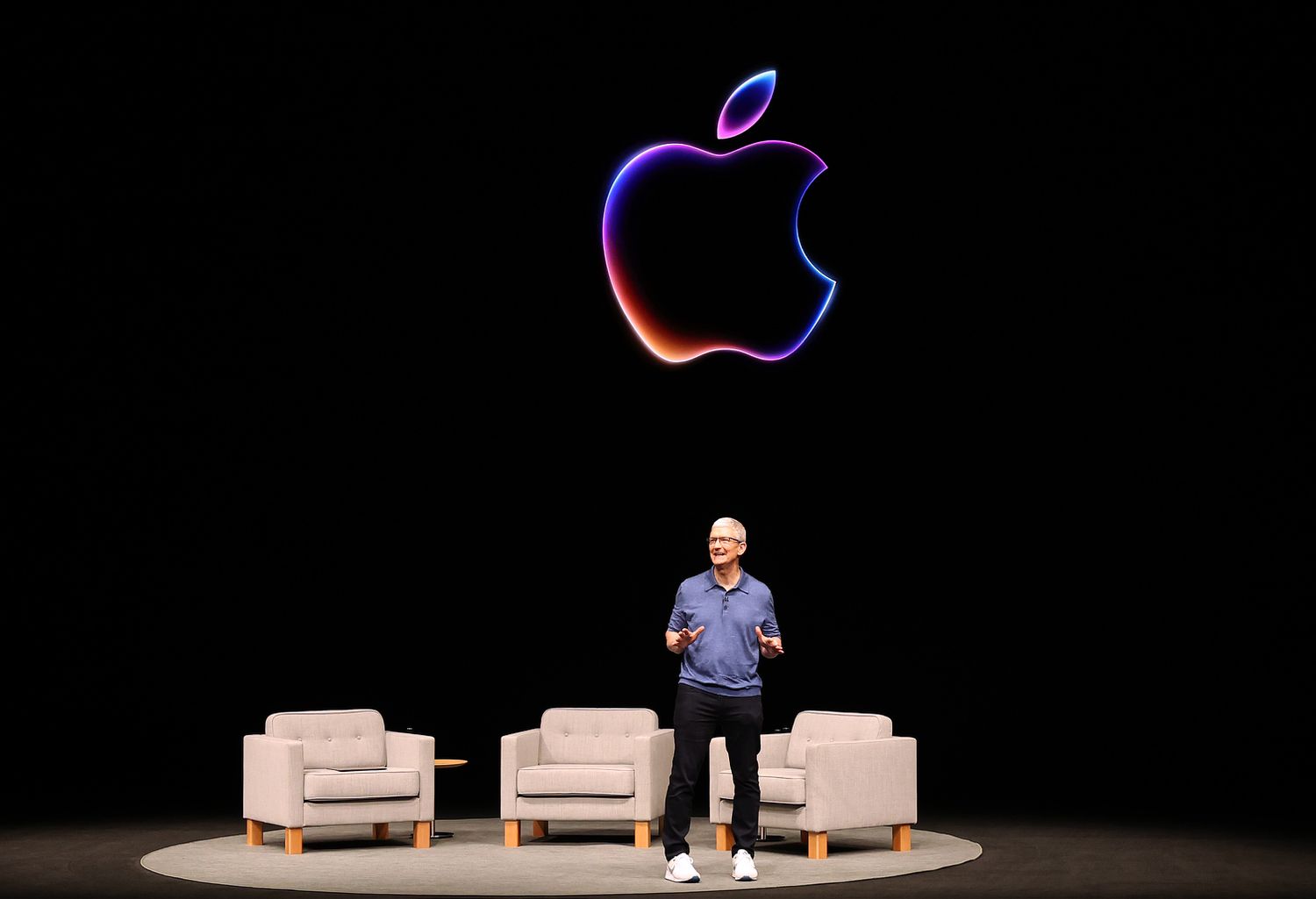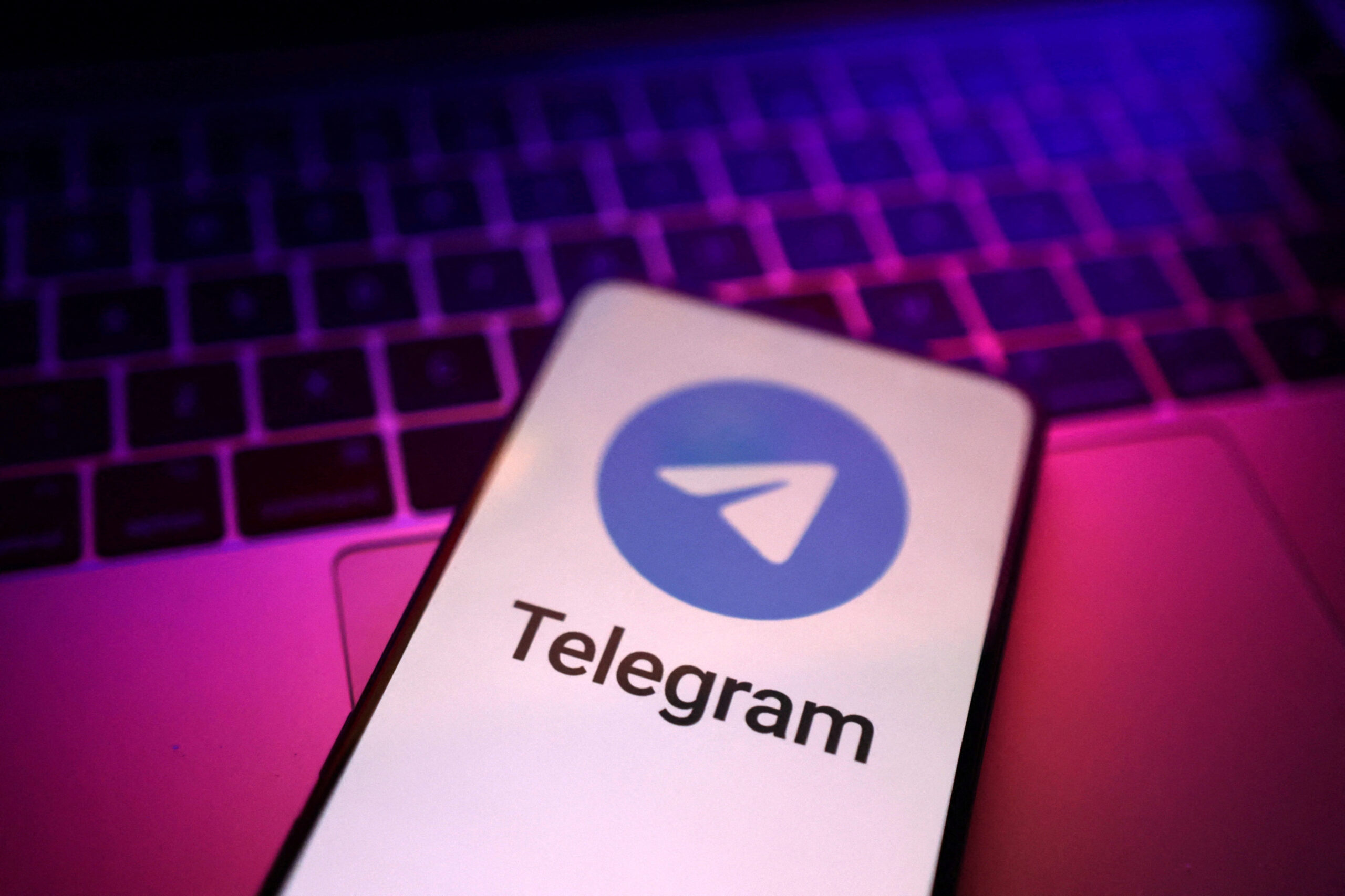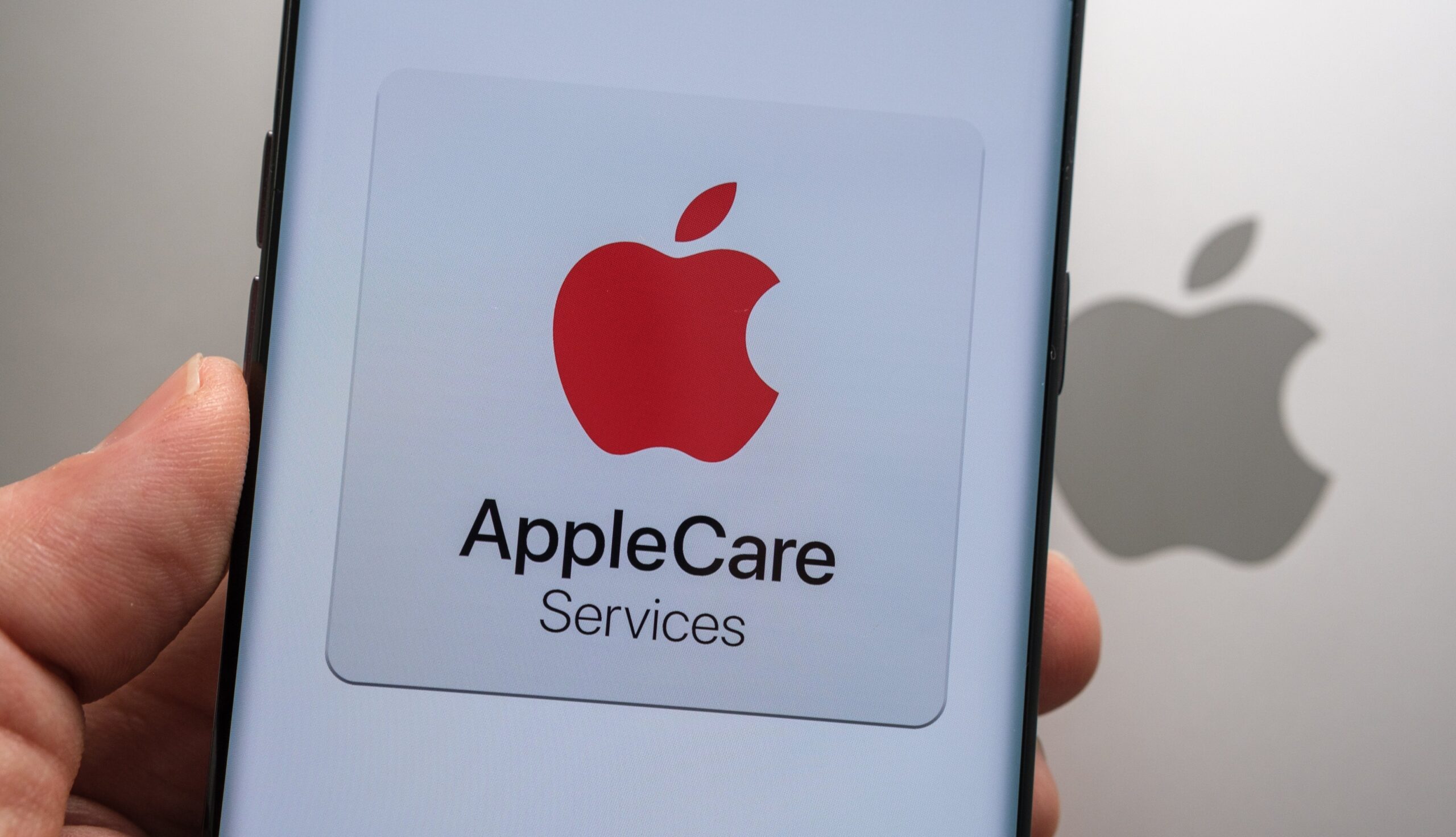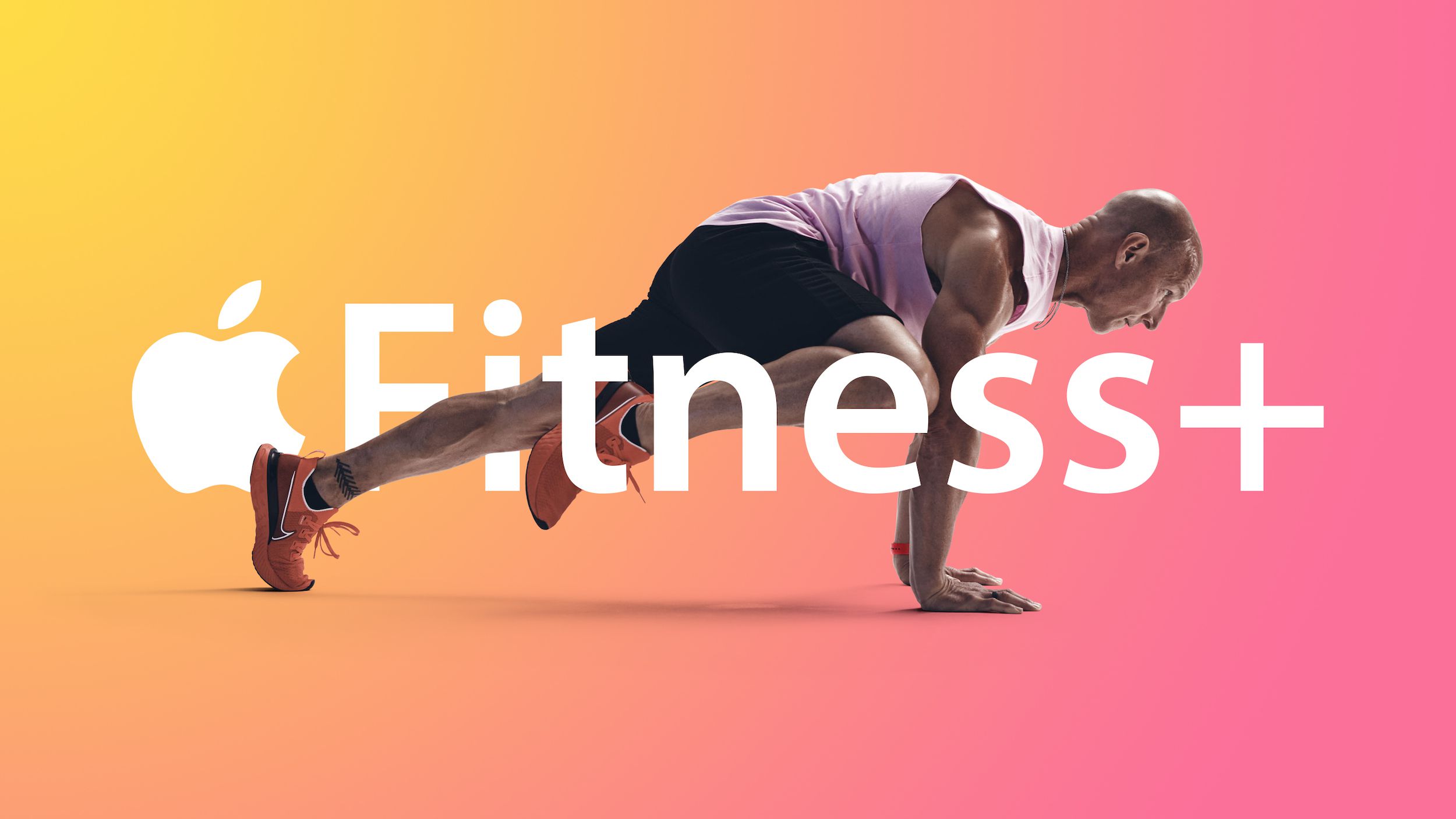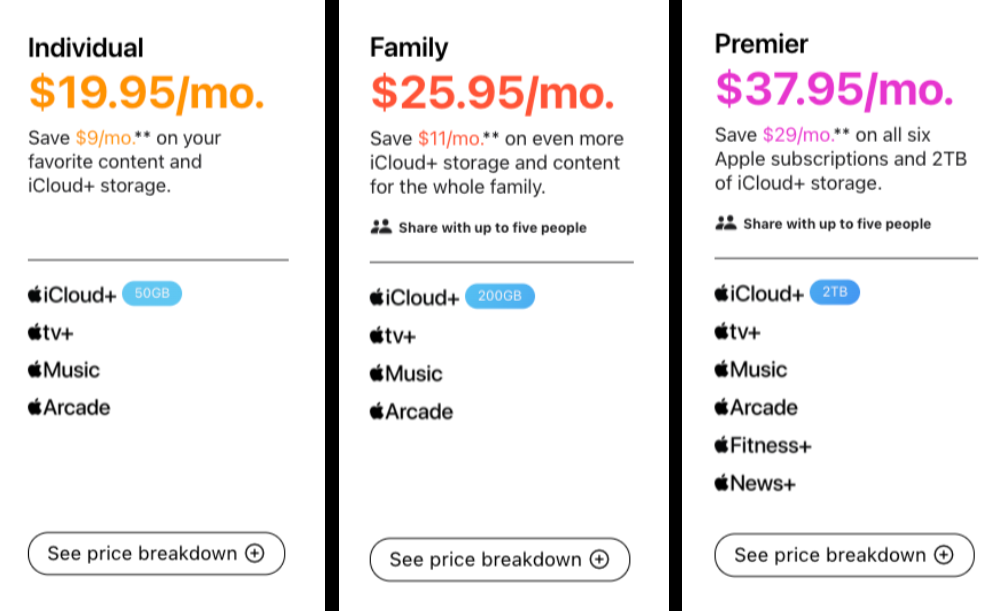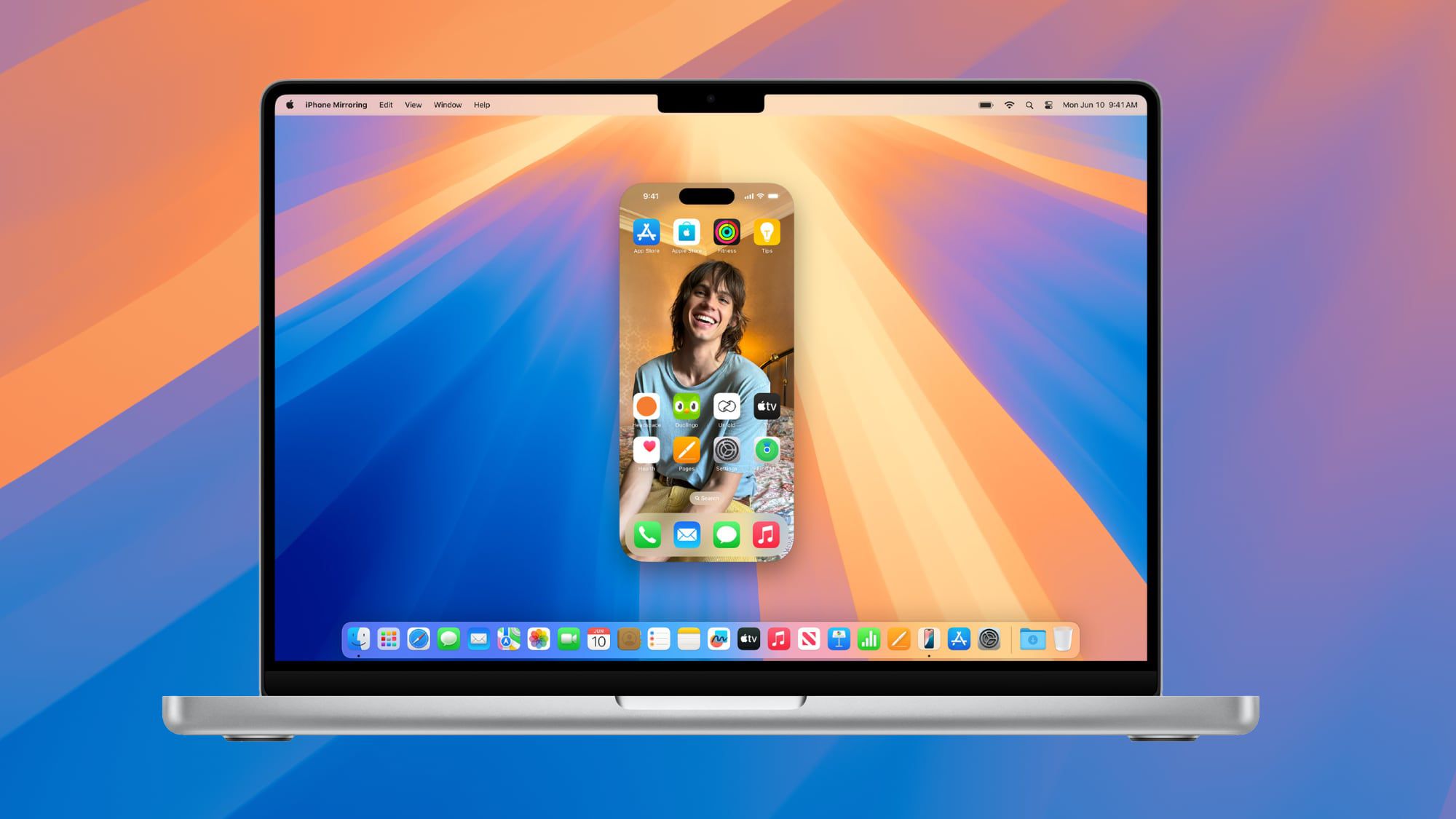In a troubling turn of events, Apple’s esteemed Matching Grants program, designed to amplify employee charitable giving, has been shaken by allegations of widespread fraud. This program, a cornerstone of Apple’s corporate social responsibility initiatives, allows employees to donate to eligible charities, with Apple matching those donations at a generous rate. However, recent investigations have uncovered a scheme that allegedly exploited this program for personal gain, leading to firings, criminal charges, and a closer examination of corporate oversight.
The Matching Grants program, launched with much fanfare by CEO Tim Cook in 2018, was intended to empower Apple employees to support causes they believe in. The program offered a 2:1 match, meaning for every dollar an employee donated, Apple would contribute two, up to an annual limit of $10,000 per employee. This generous policy aimed to significantly boost the impact of employee giving, turning individual contributions into substantial support for non-profit organizations.
The recent allegations paint a starkly different picture. Reports indicate that approximately fifty Apple employees have been terminated following an internal investigation into potential fraud related to the Matching Grants program. Furthermore, six former employees in the Bay Area have been formally charged with criminal offenses, specifically tax fraud, connected to the alleged scheme.
The alleged fraud involved a complex system of falsified donations. It is claimed that certain employees collaborated with specific non-profit organizations, some reportedly connected to the Indian community, to manipulate the program. The scheme purportedly worked as follows: employees would make donations to these non-profits, triggering Apple’s matching contributions. However, instead of the funds remaining with the charities, they were allegedly funneled back to the employees, allowing them to effectively pocket Apple’s matching funds.
If these allegations are proven true, the implications are significant. Not only would this constitute a serious breach of Apple’s internal policies, but it would also violate US tax laws. By falsely claiming charitable donations, the employees could have illegally reduced their tax burden, amounting to tax fraud. The charges currently relate to approximately $152,000 over three years, suggesting a potentially widespread and sustained effort to exploit the program.
The ramifications extend beyond individual misconduct. Apple, in this scenario, would have inadvertently made charitable donations to organizations that were complicit in the scheme. Additionally, the state of California could have been defrauded through improper tax write-offs claimed by the employees for non-existent donations. This situation raises serious questions about the oversight mechanisms in place to prevent such fraud and the potential need for stricter controls in corporate giving programs.
Indonesia Stands Firm on Domestic Content Rules, Impacting iPhone 16 Sales
In other news concerning Apple’s global operations, the company continues to face challenges in Indonesia regarding the sale of its iPhone 16 models. Despite a significant investment proposal, including the establishment of a local production facility, the Indonesian government has maintained its ban on iPhone 16 sales due to unmet domestic content requirements.
Indonesia has implemented a policy requiring smartphones sold within its borders to meet a certain threshold of locally sourced components. This policy aims to boost domestic manufacturing and create jobs within the country. Last year, Indonesian authorities determined that Apple’s iPhone 16 models did not meet the required 35% domestic content threshold, leading to a sales ban.
In response, Apple has offered a substantial $1 billion investment in Indonesia, which includes plans to build an AirTag production facility on Batam Island, near Singapore. This offer represents a significant increase from previous, smaller investment proposals that were rejected by the Indonesian government.
Despite this increased investment, the Indonesian government has remained firm on its stance. The Minister of Industry, Agus Gumiwang Kartasasmita, has clarified that while the AirTag facility is a welcome investment, it does not directly contribute to the domestic content of iPhones. The government insists that only locally produced phone components will count towards meeting the domestic content requirement.
This situation highlights the complexities of navigating international trade and regulatory environments. While Apple is a major player in the global technology market, it must adhere to the specific regulations of each country in which it operates. Indonesia’s insistence on domestic content demonstrates its commitment to fostering local manufacturing and leveraging its large consumer market to attract foreign investment that benefits its economy.
The ongoing situation in Indonesia underscores the importance of local production and its impact on market access. This case serves as a reminder that large corporations must adapt to the specific requirements of individual countries and that investment alone does not guarantee market entry. The Indonesian government’s firm stance reflects a broader trend of countries seeking to maximize the economic benefits of foreign investment and promote domestic industries.
